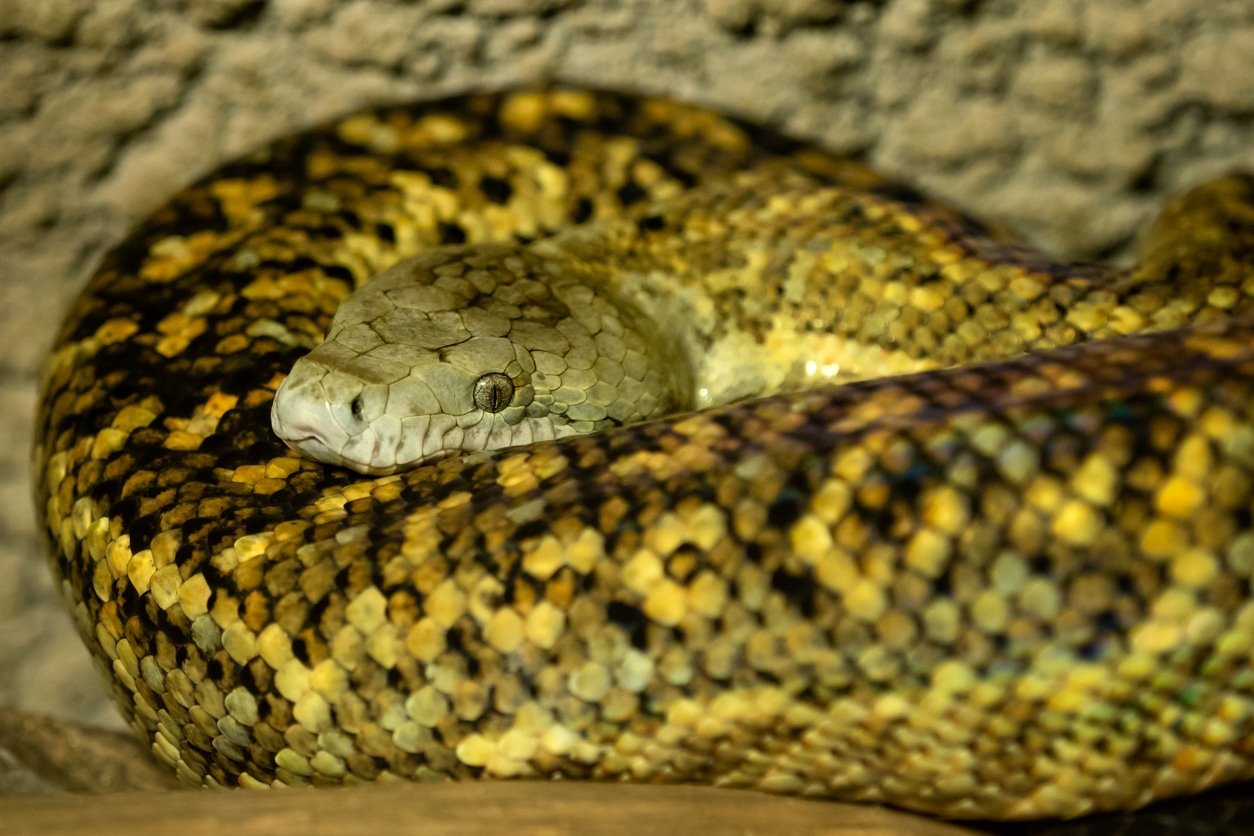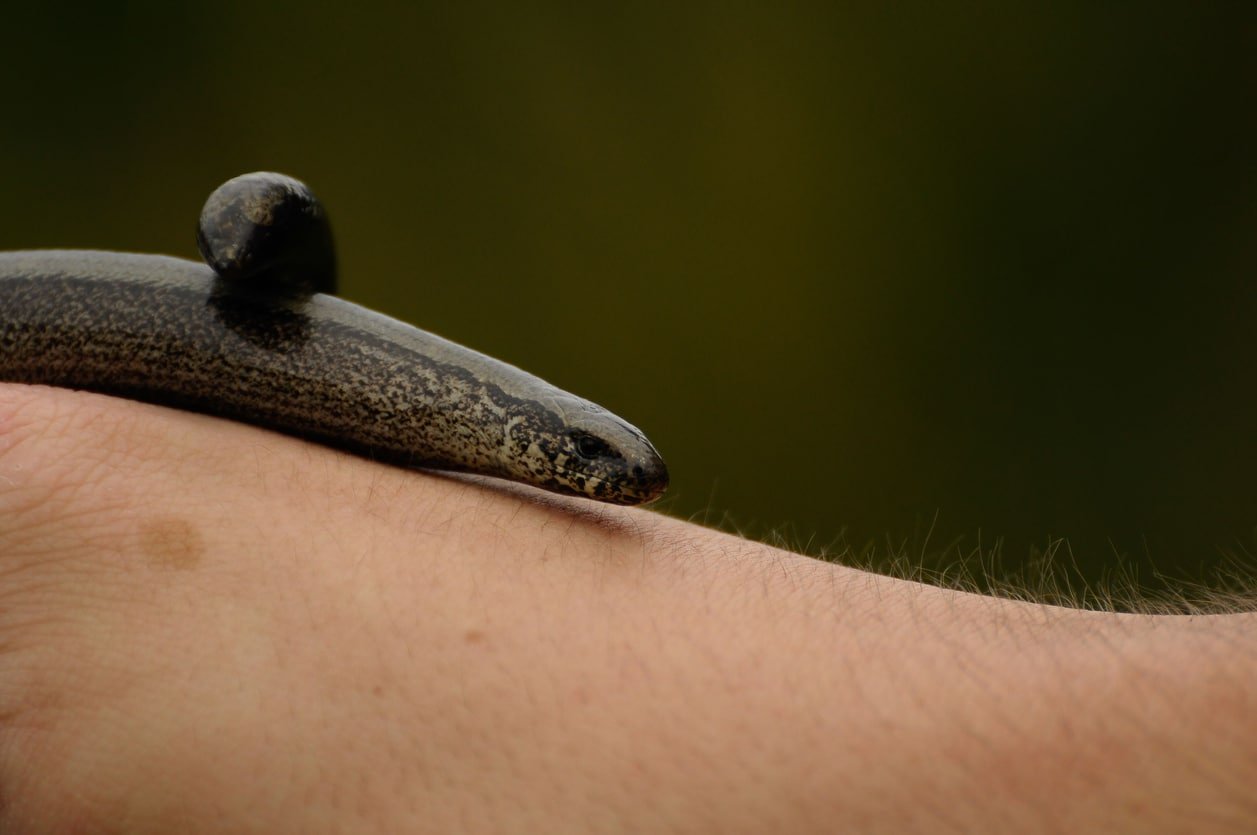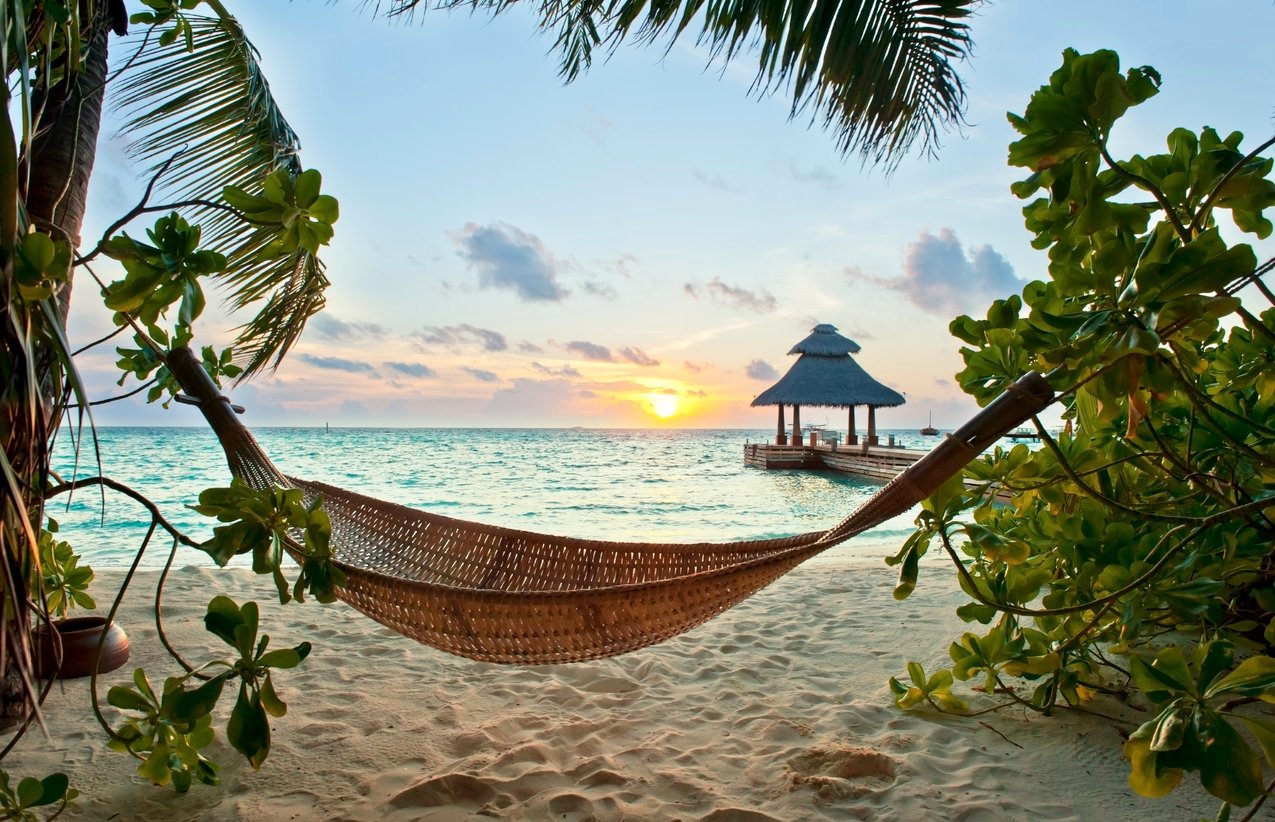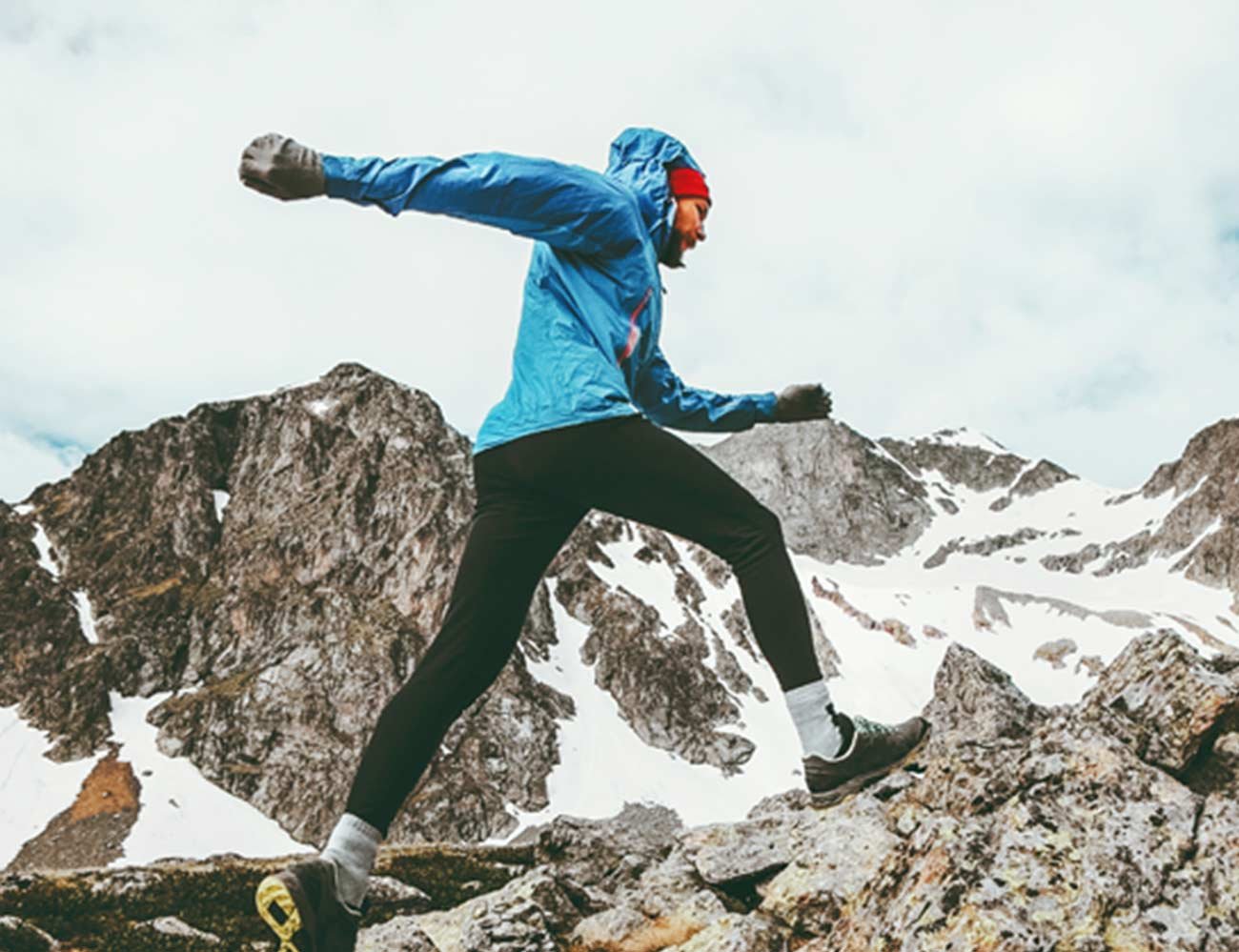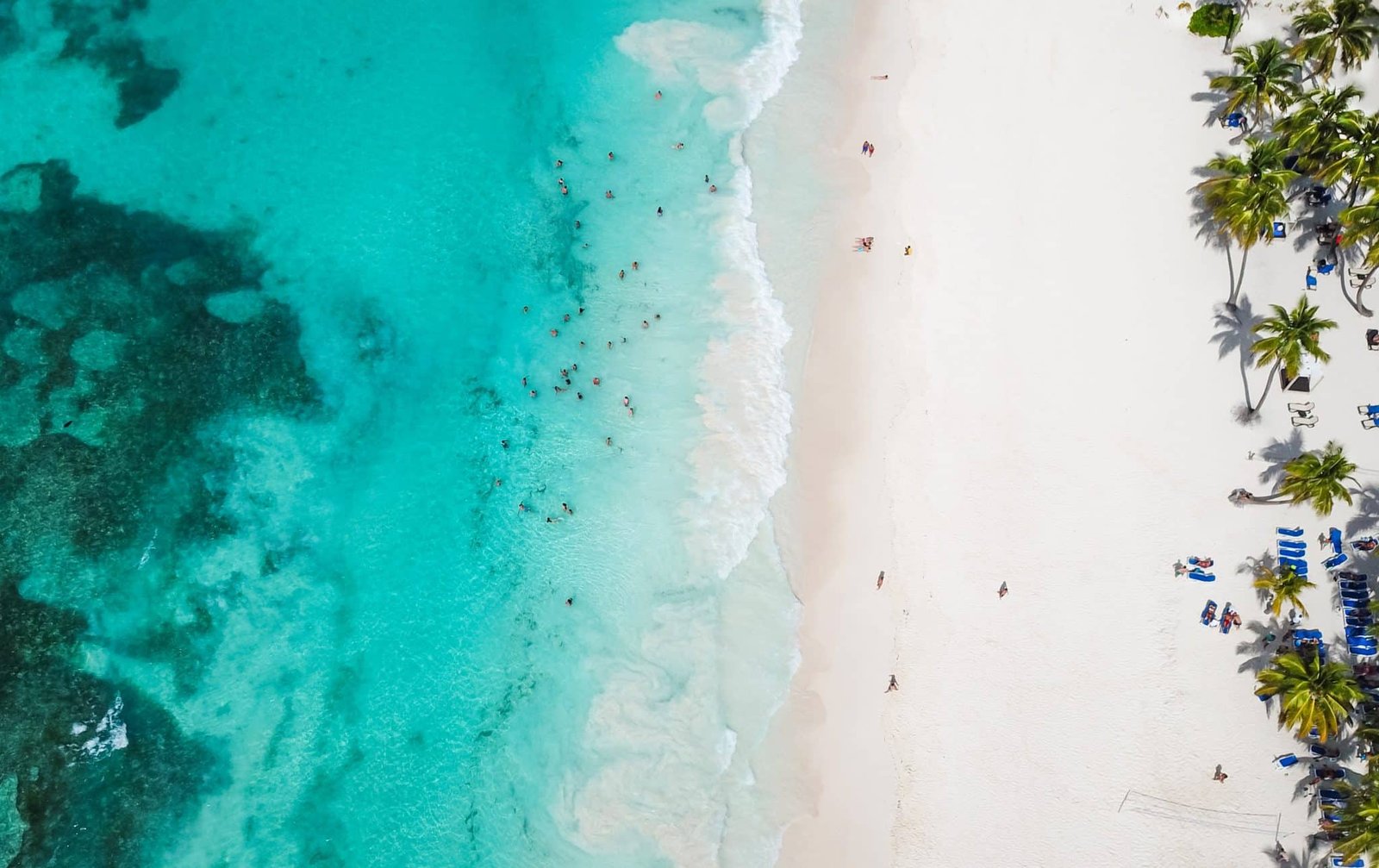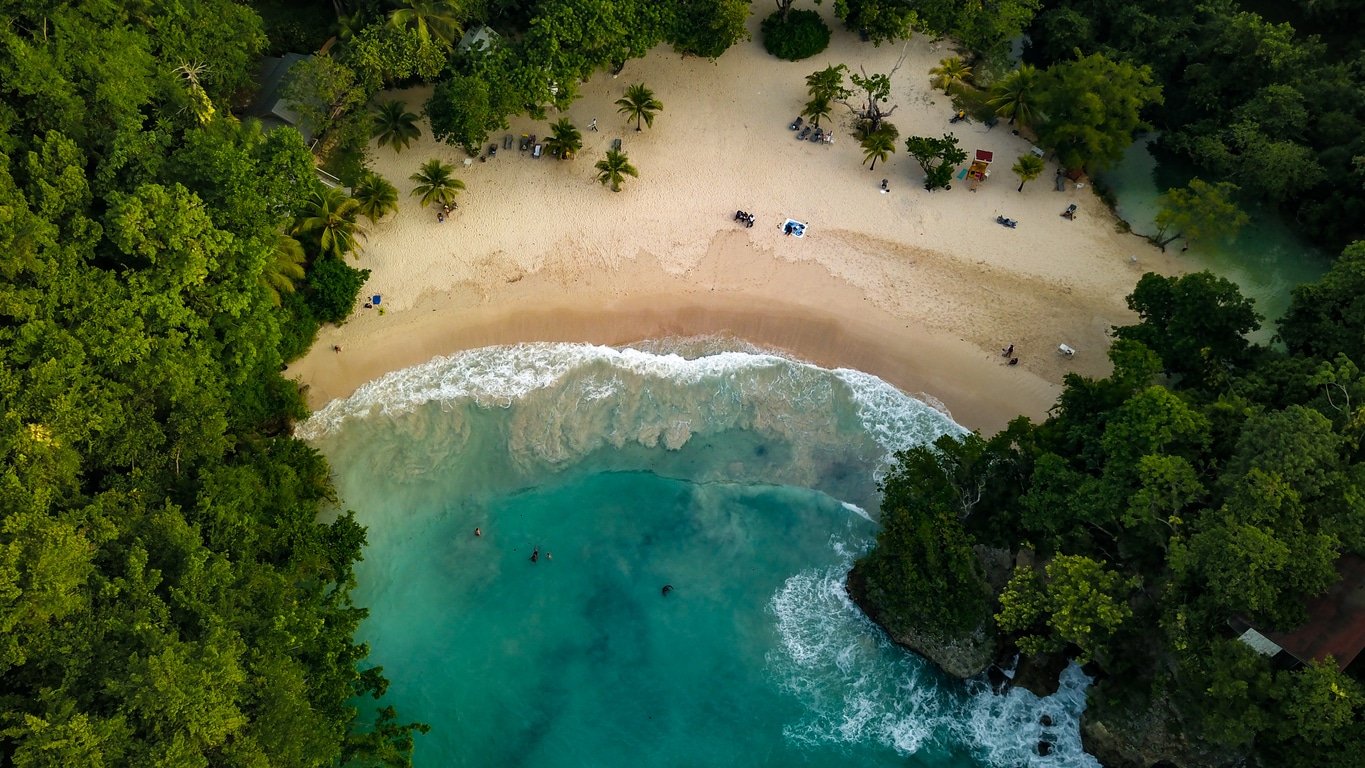Snakes In Jamaica & Why You Shouldn’t Be Worried: Everything You Need to Know!
|
Prefer listening over reading? We got you covered!
Getting your Trinity Audio player ready...
|
Jamaica is a dream travel destination for many people. It’s a tropical paradise that’s relatively close to the United States, making it the perfect trip for those looking to hit the beach or explore the rainforest not too far from home.
It is known for the local Rastafarians, laid-back lifestyle, incredible all-inclusive resorts, and beaches for miles.
However, some people can’t help but get a bit nervous about what type of creatures are living on this Caribbean island….
Sharks with far too many teeth, creepy-crawly bugs with way too many legs, tiny sea animals with needle-like spines ready to attack the bottom of your feet! These are just a few of the things you might be fearful of waiting for you on your tropical vacation to Jamaica.
But surprisingly, there’s one creature that people tend to be afraid of that won’t hurt you in Jamaica, and that’s snakes!
If snakes are your biggest fear, then Jamaica is definitely a safe vacation spot for you! Here we explain exactly why.

The Snakes In Jamaica – Are They Harmful To People?
Although there are snakes found in Jamaica, none are harmful to humans.
All of the snakes are non-venomous, and most of them are relatively small. In fact snakes aren’t all that common in Jamaica despite the wide range of terrain.
And the most common snake you’ll find on the island are tiny blind snakes. Other species, like the Jamaican Boa, are unfortunately endangered, while it’s highly likely that the Jamaican Black Racer Snake is now extinct.
It’s therefore very unlikely that you will encounter any snakes on your trip to Jamaica. Since you probably won’t see them out in the wild, let’s take a look at Jamaica’s snakes here!
Below we outline every species of snake in Jamaica. Some other websites include one or two more species, however these snakes are now unfortunately extinct on the island. The species we show you below are the only ones you can come across.
We’ll start with the biggest and work our way down to the smallest, which is only the size of a worm! See, that’s not scary at all….
1. Jamaican Boa
Some boa constrictors can be nightmare fuel when you see how large they can grow (anyone seen the movie Anaconda?), but they’re typically a harmless family of snakes. Harmless to people, anyway.
The Jamaican boa can grow to be about five to eight feet long, making it the biggest terrestrial predator native to Jamaica.
Despite their size, these animals are not dangerous to people. Also called the yellow snake, you won’t find this snake anywhere else in the world.
True to its name, the yellow boa has a yellowish-green color towards the front of its body. It has a black x-like pattern that continues to get thicker as it moves down towards the tail. At the very end of the tail it appears mostly black with yellow speckles.
This yellow snake is a crucial part of the food chain in Jamaica, feasting on rodents, bats, and birds. This snake is nocturnal and spends most of its time up in the trees.
During the night, they will lie waiting for a bat to fly past them and snatch them out of mid-air. First, they sink their teeth into their prey and then begin to constrict it with their strong bodies.
Unfortunately, these snakes are classified as “vulnerable” and numbers have been dwindling for centuries.
A big part of this was habitat destruction and the introduction of the mongoose, both relating to the sugar cane and banana trade. There are only a few small areas left of suitable habitat for these creatures.
On top of the mongoose, the Jamaican boa is also hunted by humans for illegal bushmeat, and often killed out of fear. Many Jamaicans believe that the yellow boa is poisonous, when in fact it is not.
2. Garden Snake
Next up, we have the Jamaican Garden Snake or grass snake.
These little guys are also totally harmless, albeit a bit smelly if they feel threatened. They can release garlic-smelling liquid from their anal glands when they want to escape a predator. Ew!
These common snakes come in an olive green, brown, or grey color. They have a yellow or white marking around their necks. They’re relatively small snakes, measuring up to around 30 inches when full grown.
Their diet mainly consists of fish, frogs, and small lizards. Because of their diet, they tend to like to hang around bodies of water, like lakes or rivers. You will find them hanging out in trees or fallen foliage.
3. Jamaican Dwarf Boa
There are three species of dwarf boas, occasionally called wood snakes, that are endemic to Jamaica. These secretive and docile snakes are completely nonvenomous and therefore not harmful to people at all.
In fact, according to @wildlifejamaica, they don’t even bite when picked up. Still, we don’t recommend that you handle any wild snakes.
They can measure from 12 to 24 inches. They thrive in many different habitats including rainforests, swarms, and even amongst humans. Being terrestrial snakes, they spend most of their time on the ground, but can occasionally be seen in the trees or vines.
Observed to be excellent swimmers, they are sometimes called “thunder snakes.” This is because they can be much more active after the rain. They love to hang out near swamps as well, possibly searching for prey.
Typically Jamaican dwarf boas are rather reclusive. Like many snakes, they prefer to avoid any sort of encounter with humans.
When they do feel threatened, they have a rather terrifying defense mechanism. They will expel blood out of their mouth, nostrils, and eyes, a reflex known as autohaemorrhaging.
4. Jamaican Eyespot Boa
In the same family, the Jamaican eyespot boa and the Jamaican dwarf boa have a lot in common. They both thrive in the same type of habitats, such as forests, swamps, and scrub.
However, the Jamaican eyespot boa often comes in a breathtaking bright orange color, but can change color to more of a brown.
You would be considered lucky to encounter such a rare and beautiful snake in the wild. They’re just as secretive as the other snakes in the Tropidophis family and tend to stay hidden. They also feast on small frogs and lizards and are completely nonvenomous.
5. Portland Ridge Dwarf Boa
This snake is the third and final endemic species in the Tropidophis family. Perhaps the most secretive of them all, sightings of the Portland ridge dwarf boa are very rare.
They get their name from the southern region where they are typically found, the Portland Ridge. Unlike the other two Tropidophis, these snakes live in dry areas such as caves.
6. Jamaican Blind Snake
Let’s check out these cute little snakes! The Jamaican blind snake, also known as the Jamaica worm snake, is the smallest snake on the island, and also one of the most common.
Not surprisingly, these tiny guys quite often get mistaken for worms. Their shape and their medium to dark brown color are definitely responsible for the confusion.
Just like their doppelgänger the worm, Jamaican blind snakes spend most of their time underground.
Their diet consists mostly of ants and termites, so we can thank them for helping out with pest control. They have no discernible neck and have a thin, blunt head to help them push through the soil.
Typically only ranging from about 4-5 inches, these guys go unnoticed more often than not. Most likely because of this, they are not considered to be at any risk of extinction.
They don’t pose any sort of threat to humans, but they will also secrete a smelly substance when they feel threatened.

The Mongoose & Snakes in Jamaica
The Mongoose was introduced to Jamaica in 1872 by the government in an attempt to save the plantations from a continuously growing rat population.
They were imported from India and set loose on sugar cane plantations. If you know anything about the mongoose, they are very aggressive and successful hunters. They did in fact do their job and minimize the rat population, but unfortunately, they went above and beyond their call of duty.
The mongoose have not only devoured the rats, but they have gone on to wreak havoc on the local populations of snakes, birds, lizards, fish, and other endemic species.
With no natural predators, they have spread across Jamaica like wildfire, forcing many other species into endangerment or extinction.
This has thrown off the balance of the ecosystem in Jamaica, causing insect populations to fluctuate in unnatural ways as well. The snake population of Jamaica continues to struggle to this day due to the introduction of the mongoose to the island.
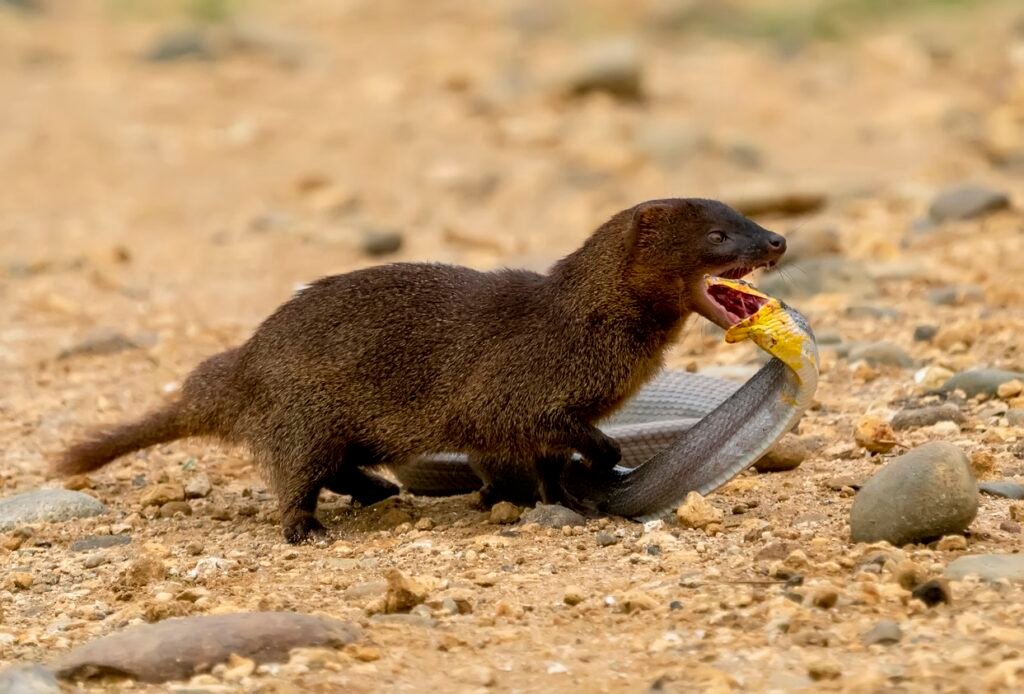
Habitat Destruction of the Snakes in Jamaica
The mongoose isn’t the only animal affecting the lives of Jamaica snakes. Humans also have had a negative effect. Clearing land for more plantations and homes has taken away more and more of their natural habitats.
Not only that, but humans have an innate fear of snakes, causing many of those who do run into them to kill them. These days, there are only a few areas where the snake’s natural habitat has been preserved.
Jamaica’s Black Racer Snake Is Now Possibly Extinct
A great hunter that once chased frogs, lizards, birds, and rodents, eating them alive, is now thought to be extinct.
Jamaica’s Black Racer Snake population was hit extra hard by residential development due to their tendency to live near the coast.
With the expanding tourist industry in Jamaica booming, they have lost a lot of their habitat. Between that and the ceaseless mongoose, it is likely they have gone extinct.
Making a Change
While it may be too late for the Black Racer, it is not too late for the other endemic snake species of Jamaica.
The National Environment and Planning Agency is making changes in order to protect the endangered species of Jamaica. In 2000, they passed the Endangered Species Act which is for protection, conservation, and regulation of trade.
The Jamaican Boa is now protected under the Wildlife Protection Act. This act makes it illegal to capture, harm, or possess any part of one, living or dead. These acts are punishable by $100,000 and/or a prison term of up to two years.
There are now other organizations that are working towards conservation efforts of both snakes and other animals alike.
The Seven Oaks Sanctuary for Wildlife helps to rescue and rehabilitate protected species in Jamaica. They are actively involved in combating illegal capture and trade. Their efforts have received recognition and assistance from other organizations around the globe.
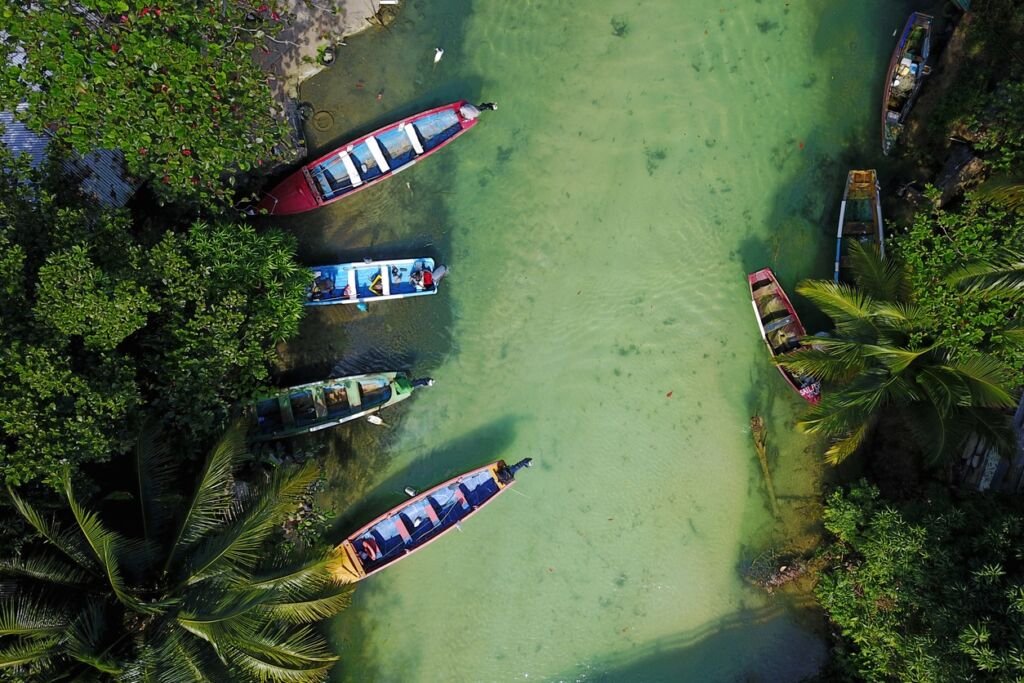
How to Avoid Getting Bitten by Snakes in Jamaica
Most people won’t encounter any snakes during their trip, and snakes in Jamaica are non-venomous. But in rare instances people have been bitten.
There are a few things you can do to lower your chances even further of being bit by a snake while in Jamaica.
- Make sure to wear shoes when outside and consider heavy-duty boots if you’re doing any hiking, especially in the forest or mountains.
- If you do see a snake, give it plenty of space. Don’t try to kill it or move it.
- Be careful where you step. Snakes won’t bite unless they’re provoked, which, more often than not, happens when someone accidentally steps on them.
Jamaican Snakes Are Harmless and Rare
While there are plenty of scary creatures in Jamaica that might put you off traveling there, snakes should not be one of them. None of the snakes you could potentially encounter in Jamaica are harmful to humans.
They’re all rather secretive snakes, who prefer to stay far away from humans. It is extremely unlikely you will encounter a snake on your trip to Jamaica, and even if you do, it won’t harm you. Don’t let your fear of snakes stop you from visiting this one-of-a-kind island!
What About Spiders in Jamaica?
If you’re worried about snakes in Jamaica, then it’s understandable if you’ve been thinking about what spiders live in this island too.
As we’ve written about before, there are actually over 180 species of spiders in Jamaica. That includes four of the deadliest and most poisonous spiders in the world – the black widow, brown widow, brown recluse and banana spider.
There are also Huntsman spiders in Jamaica, which while harmless to humans, are large and can be quite terrifying if you’re scared of spiders.
The good news is resort destinations and hotels in Jamaica, such as in Negril and Montego Bay, are very good at keeping spiders away from tourists. So you’re unlikely to come across any within resort and beach areas, apart from possibly the harmless common house spider. (Recommended: Negril vs Montego Bay).
To learn about the dangerous spiders in Jamaica, how you can avoid them, and where they typically live, read this previous piece we put together to help visitors to the country.


